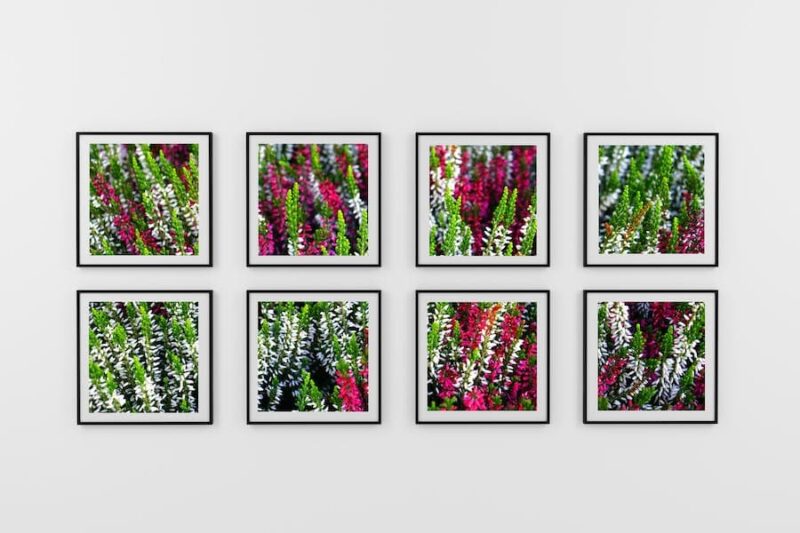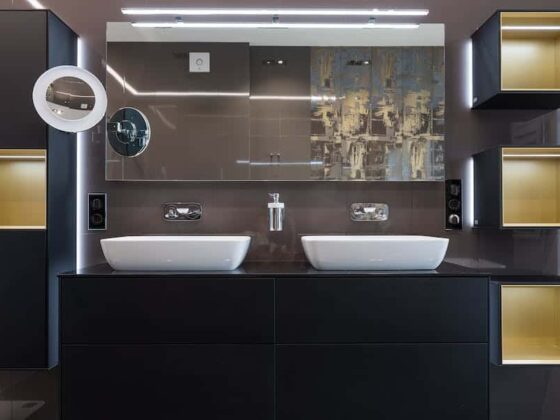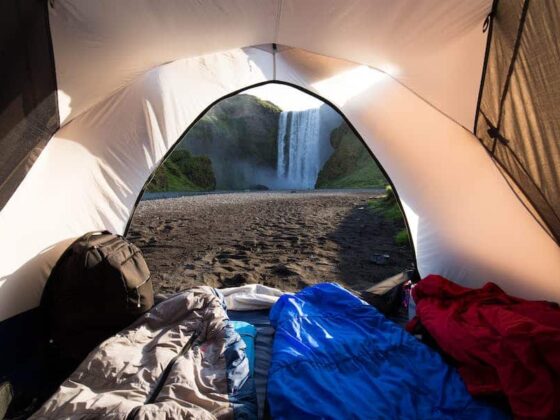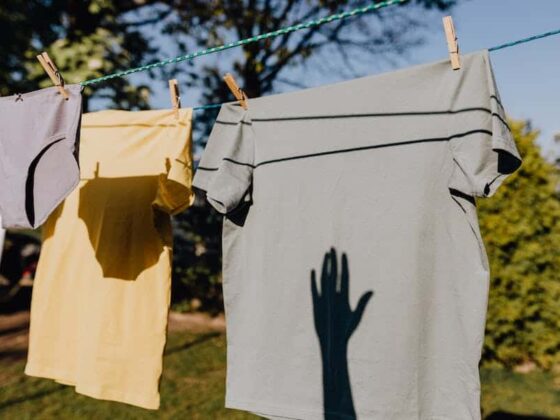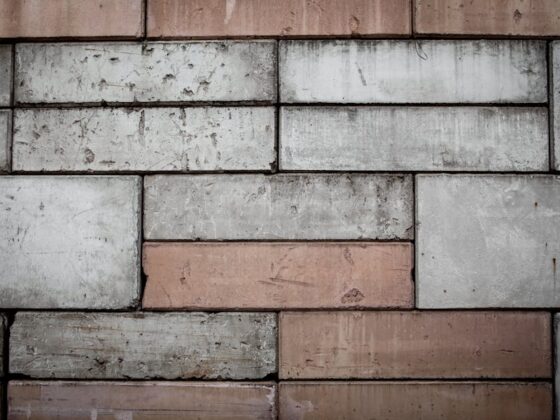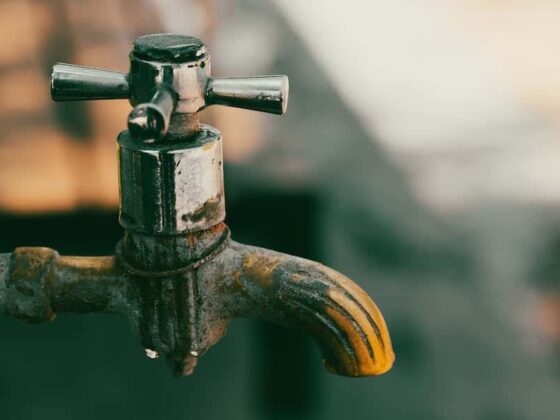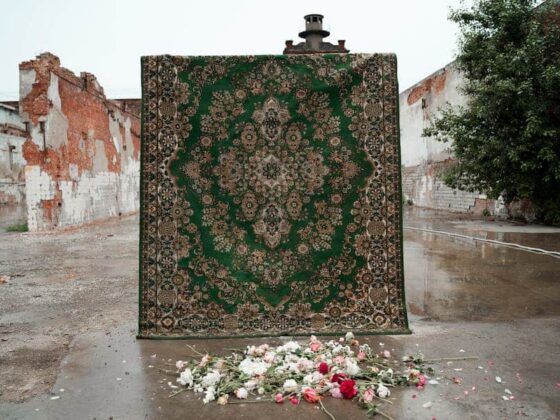In the world of interior design and home improvement, the question of whether you can put wallpaper over existing wallpaper often arises. It’s a topic that sparks curiosity and debate among homeowners and DIY enthusiasts alike. While the idea of layering wallpaper may seem unconventional, it can be a practical and creative solution in certain circumstances. This comprehensive guide aims to address the when, why, and how of wallpapering over wallpaper. By understanding the factors influencing this decision, properly preparing the existing surface, selecting the right materials, and employing the correct techniques, you can embark on a successful wallpaper-over-wallpaper project and transform your living space with style and confidence.
Can You Put Wallpaper Over Wallpaper?
Yes, it is possible to put wallpaper over existing wallpaper. However, success depends on factors like the condition of the old wallpaper, its adhesion, and the type of new wallpaper chosen. Proper surface preparation, including cleaning, repairs, and using appropriate adhesives, is crucial. In some cases, it’s advisable to remove the old wallpaper for a smoother finish. Always assess your specific situation before deciding to wallpaper over wallpaper.
How To Prepare Your Existing Wallpaper For Over-Wallpapering?
Preparing your existing wallpaper for over-wallpapering is crucial to ensure a smooth and long-lasting result. Follow these steps:
Clean The Existing Wallpaper: Remove dust, dirt, and grease using a soft cloth or sponge. You can use a mild wallpaper-cleaning solution or a mixture of water and vinegar.
Repair Damaged Areas: Patch any holes, tears, or gouges in the existing wallpaper using a suitable patching compound. Re-glue any loose or lifting edges with wallpaper adhesive.
Smooth The Surface (If Necessary): If the existing wallpaper has a textured or uneven surface, consider using a wallpaper liner or a thin layer of joint compound to create a smoother base.
Primer Application: Applying a wallpaper primer can improve adhesion and help the new wallpaper adhere better to the existing one. Follow the manufacturer’s instructions for primer application.
Allow Adequate Drying Time: Ensure that the cleaned, repaired, and primed wallpaper is completely dry before proceeding with the installation of the new wallpaper.
By following these steps, you’ll create a suitable surface for over-wallpapering, promoting adhesion and ensuring a more professional-looking finish.
How To Choosing The Right Wallpaper For Over-Wallpapering?
Choosing the right wallpaper for over-wallpapering is crucial to achieve a successful and aesthetically pleasing result. Follow these steps to make an informed choice:
Consider Compatibility:
Ensure that the new wallpaper is compatible with the existing wallpaper. Factors to consider include the type (vinyl or non-vinyl), texture (smooth or textured), and thickness of both wallpapers.
Measure And Cut Carefully:
Measure the height and width of the wall accurately to determine how much new wallpaper you’ll need. Cut the new wallpaper into manageable strips, ensuring they are slightly longer than the wall height to accommodate any trimming.
Pattern Alignment And Symmetry:
If your new wallpaper has a pattern, consider how it aligns with the existing wallpaper. Decide whether you want the patterns to match, align, or contrast. Pay attention to symmetry, especially at corners and edges, to ensure a visually pleasing result.
Adhesive Options:
Choose an appropriate adhesive based on the type of wallpaper you’re using. Some wallpapers come pre-pasted, while others require separate adhesive application. Follow the manufacturer’s instructions for the specific adhesive you choose.
Sample Testing:
If you’re unsure about compatibility or appearance, it’s a good idea to test a small piece of the new wallpaper on a hidden section of the existing wallpaper to ensure it adheres well and looks as expected.
Visualize The End Result:
Consider how the new wallpaper will complement your overall interior design. Visualize the final look and how it fits with your decor, furniture, and color scheme.
Consult A Professional (If Needed):
If you have doubts or concerns about choosing the right wallpaper, seek advice from a professional interior designer or wallpaper installer. By carefully considering these factors, you can select the best wallpaper for over-wallpapering, ensuring a cohesive and visually appealing result that enhances your living space.
Tips For A Successful Over-Wallpapering Project
To ensure a successful over-wallpapering project, follow these essential tips:
- Assess The Condition Of The Existing Wallpaper: Ensure the existing wallpaper is in good condition with no major issues like peeling, mold, or mildew. Address any problems before proceeding.
- Properly Prepare The Surface: Clean, repair, and prime the existing wallpaper to create a suitable base for the new wallpaper. Smooth out any imperfections.
- Select High-Quality Wallpaper: Choose a high-quality wallpaper that is compatible with the existing wallpaper in terms of type, texture, and adhesive requirements.
- Pattern Alignment: Pay attention to pattern alignment, especially at corners and seams. Take your time to ensure patterns match or align correctly for a polished look.
- Use The Right Adhesive: Follow the manufacturer’s recommendations for adhesive. Use the appropriate adhesive for your wallpaper type (pre-pasted or separate adhesive).
- Apply Adhesive Evenly: Apply adhesive evenly to both the new and existing wallpaper to ensure good adhesion. Avoid over-saturating, which can cause bubbles or wrinkles.
- Smooth Out Air Bubbles And Wrinkles: Use a wallpaper smoothing tool or a clean, damp sponge to eliminate air bubbles and wrinkles during installation.
- Trim Excess Wallpaper: After applying the new wallpaper, carefully trim excess material along the edges and corners using a sharp utility knife for a clean finish.
- Clean Up Excess Adhesive: Remove any excess adhesive with a damp sponge or cloth immediately to prevent it from drying on the wallpaper surface.
- Maintain A Clean Workspace: Keep your work area tidy throughout the project to avoid contamination and ensure a professional result.
- Take Your Time: Over-wallpapering requires patience and attention to detail. Avoid rushing the process to achieve a neat and flawless outcome.
- Seek Professional Advice (if uncertain): If you’re unsure about any aspect of the project, consider consulting a professional wallpaper installer or interior designer for guidance.By following these tips, you’ll increase the likelihood of a successful over-wallpapering project that enhances the aesthetics of your space and provides a long-lasting finish.
Conclusion
In conclusion, over-wallpapering can be a viable and creative solution when done correctly. By assessing the condition of existing wallpaper, preparing the surface meticulously, and choosing compatible materials, you can achieve a polished and visually appealing result. Remember to pay attention to pattern alignment, use the right adhesive, and take your time for the best outcome. However, if uncertainties persist or you encounter challenges, don’t hesitate to seek professional guidance. With proper planning and execution, over-wallpapering can breathe new life into your space and transform it into a unique and personalized haven.
FAQ’s
Can You Put Wallpaper Over Wallpaper Without Removing The Old One?
Yes, you can, but it depends on the condition of the existing wallpaper and the type of new wallpaper you choose.
What Type Of Adhesive Should I Use For Over-Wallpapering?
Use the adhesive recommended by the wallpaper manufacturer, ensuring it’s suitable for both the new and existing wallpaper.
Should I Remove The Old Wallpaper Or Repair It Before Over-Wallpapering?
If the old wallpaper is damaged or in poor condition, it’s best to remove it. Otherwise, you can repair and prepare it for over-wallpapering.
How Do I Align Patterns When Over-Wallpapering?
Carefully match or align patterns at seams and corners, taking your time to ensure a seamless and attractive finish.
Can I Over-Wallpaper Textured Wallpaper With A Smooth One?
It’s possible but consider the compatibility and adhesion factors. Smoothing out the texture or using a wallpaper liner may be necessary for better results.
